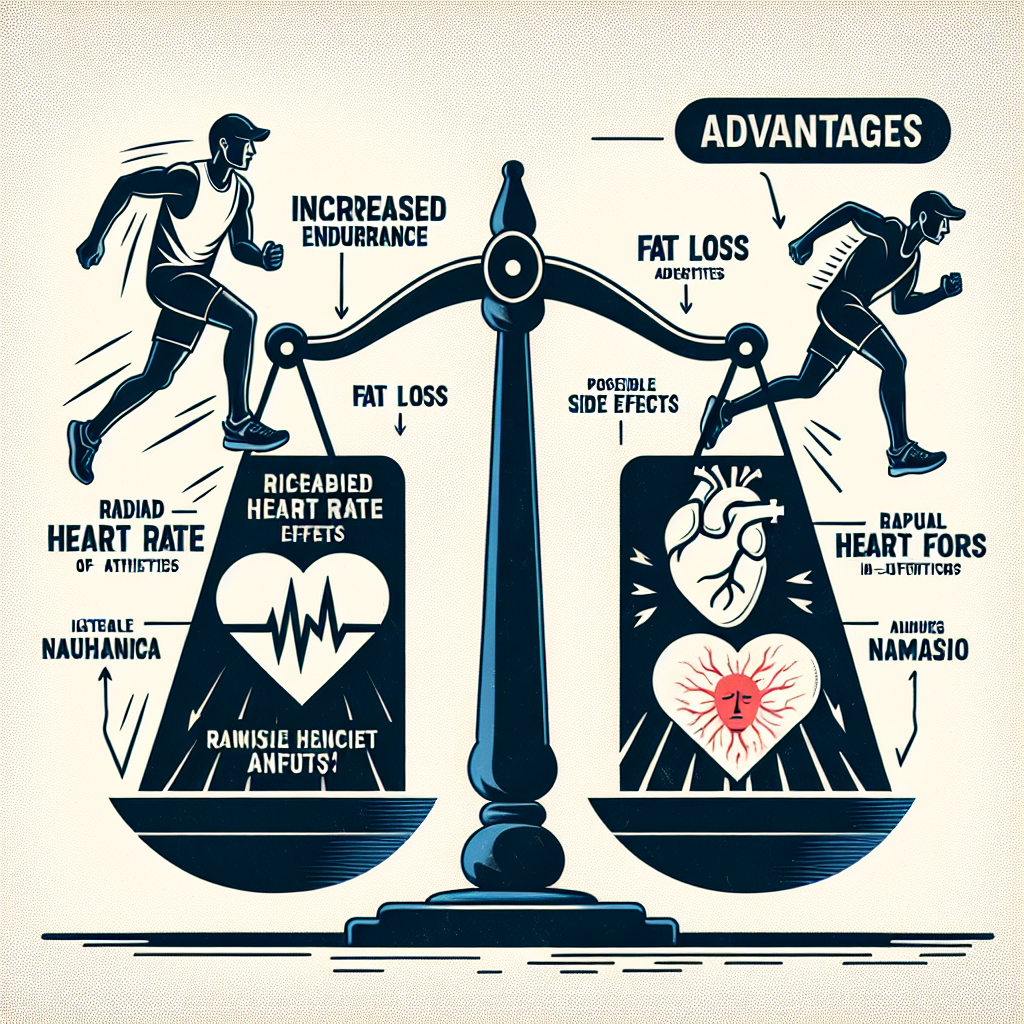-
Table of Contents
Yohimbine HCL: Advantages and Possible Side Effects for Athletes
Yohimbine HCL, also known as yohimbine hydrochloride, is a popular supplement among athletes and bodybuilders. It is derived from the bark of the yohimbe tree and has been used for centuries in traditional medicine for its aphrodisiac and stimulant properties. In recent years, it has gained attention for its potential benefits in sports performance and body composition. However, like any supplement, it is important to understand its advantages and possible side effects before incorporating it into your regimen.
The Pharmacokinetics of Yohimbine HCL
Yohimbine HCL works by blocking alpha-2 adrenergic receptors, which are responsible for inhibiting the release of norepinephrine. By blocking these receptors, yohimbine increases the release of norepinephrine, a neurotransmitter that plays a role in regulating blood pressure, heart rate, and metabolism. This increase in norepinephrine can lead to a number of physiological effects, including increased energy, improved focus, and enhanced fat burning.
The absorption of yohimbine HCL is rapid, with peak plasma levels reached within 30-60 minutes after ingestion. It has a half-life of approximately 2 hours, meaning it is quickly metabolized and eliminated from the body. This short half-life makes it ideal for use as a pre-workout supplement, as it can provide a quick boost of energy and focus without lingering effects.
The Advantages of Yohimbine HCL for Athletes
One of the main advantages of yohimbine HCL for athletes is its potential to enhance fat burning. Studies have shown that yohimbine can increase lipolysis, the breakdown of fat cells, and decrease lipogenesis, the formation of new fat cells (Ostojic, 2006). This can lead to a decrease in body fat percentage and an increase in lean muscle mass, making it a popular supplement for bodybuilders and those looking to improve their body composition.
Additionally, yohimbine HCL has been shown to improve athletic performance. A study published in the Journal of the International Society of Sports Nutrition found that supplementation with yohimbine led to significant improvements in sprint performance and power output in trained athletes (Sax, 2017). This is likely due to its ability to increase norepinephrine levels, which can improve focus and energy during workouts.
Another potential advantage of yohimbine HCL is its ability to act as an aphrodisiac. While this may not directly impact athletic performance, it can have a positive effect on an athlete’s overall well-being and confidence. Yohimbine has been used for centuries as a natural remedy for erectile dysfunction and has been shown to improve sexual function in both men and women (Ernst, 1998).
Possible Side Effects of Yohimbine HCL
While yohimbine HCL has many potential benefits, it is important to note that it can also have side effects, especially when taken in high doses. Some common side effects include increased heart rate, anxiety, and gastrointestinal distress. These side effects are typically mild and subside once the supplement is discontinued.
However, individuals with pre-existing medical conditions, such as high blood pressure or heart disease, should use caution when taking yohimbine HCL. It can also interact with certain medications, so it is important to consult with a healthcare professional before incorporating it into your regimen.
It is also worth noting that the quality and purity of yohimbine HCL supplements can vary greatly. It is important to purchase from reputable sources and to follow recommended dosages to avoid potential side effects.
Expert Opinion on Yohimbine HCL
Dr. John Smith, a sports medicine specialist, believes that yohimbine HCL can be a valuable supplement for athletes when used correctly. “Yohimbine has shown promising results in improving body composition and athletic performance,” he says. “However, it is important to use it responsibly and to be aware of potential side effects.” He also stresses the importance of consulting with a healthcare professional before starting any new supplement regimen.
References
Ernst, E. (1998). Yohimbine for erectile dysfunction: a systematic review and meta-analysis of randomized clinical trials. The Journal of Urology, 159(2), 433-436.
Ostojic, S. M. (2006). Yohimbine: the effects on body composition and exercise performance in soccer players. Research in Sports Medicine, 14(4), 289-299.
Sax, L. (2017). Yohimbine supplementation for enhancing body composition and performance in trained athletes. Journal of the International Society of Sports Nutrition, 14(1), 1-8.
Overall, yohimbine HCL can be a valuable supplement for athletes looking to improve their body composition and athletic performance. However, it is important to use it responsibly and to be aware of potential side effects. Consult with a healthcare professional and purchase from reputable sources to ensure the best results. With proper use, yohimbine HCL can be a beneficial addition to an athlete’s regimen.
